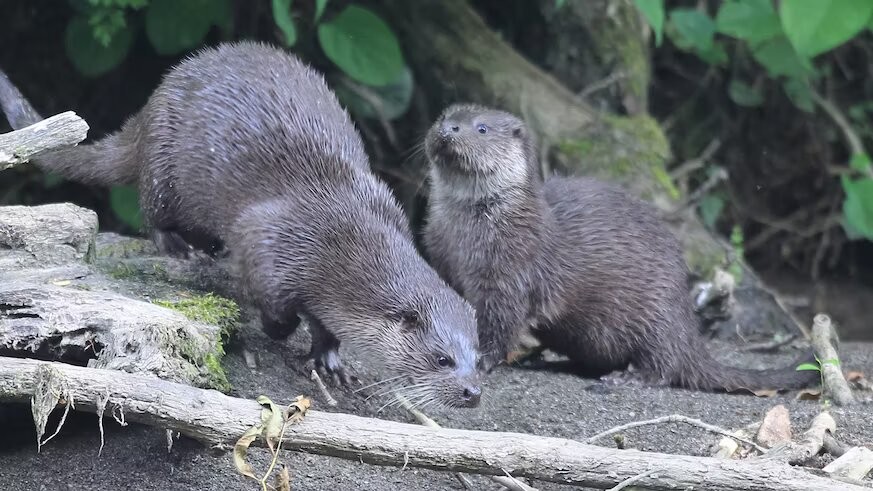By accepting you will be accessing a service provided by a third-party external to https://educom.net/
Uncovering the genetic history of British otters
New genetic research has revealed how British otters were able to recover from species loss in the 1950s with the help of their counterparts from Asia.
Using genome sequencing data, a team from Cardiff University's Otter Project showed that much of the genetic diversity of British otters was lost when chemical pollution led to severe population declines in the 1950-1970s.
"Based on otter hunting records, otter population declined in Britain during the 1950s. Investigations linked those declines to the accumulation of harmful chemical compounds in the environment. After these chemicals were banned, otter population recovery was heralded as a conservation success story, but the current genetic structure still mirrors the remnant populations which survived the near extinction," said Sarah Du Plessis, Cardiff University Otter Project.
The team then applied novel genomic tools to investigate how the otter population changed in Britain, using whole genome DNA sequencing.
They revealed that the history of British otters is far more complex than previously thought and the first evidence of genetic consequences of the 1900s population declines, and how these varied across Britain. They showed that otters in the east and southwest of England experienced severe population bottlenecks around 1950-80, reaching very small population size.
"However in Wales, the genetic evidence suggested that population declines started much earlier, in the 1800s, while otter populations in north England and Scotland showed signs of an extended population decline over the past 800 years. Together these results suggest a more complex picture of environmental stressors on the otter population than was previously recognised," added Sarah.
The researchers also uncovered new genetic data about the role otters from Asia played in the recovery of the species in the UK.
"Surprisingly, we also found evidence that later increases in genetic diversity of British otters was linked to translocations of captive otters from Asia to the UK. Otters from Asia have contributed to the British gene pool, strengthening local genetic variation and bringing in a genetic line otherwise only found in Asia.
"Delving into captive breeding records for otters in the UK, we found that a small number of otters imported from Thailand around the 1960s may have been accidentally introduced into the gene pool at that time. The next exciting question for our work will therefore be whether this boost in the genetic diversity of British otters could help protect our otters against future population decline," added Sarah.
The Cardiff University Otter Project is a long term environmental surveillance scheme, using otters found dead to investigate contaminants, disease, and population biology across the UK. This work was done by Cardiff University Otter Project in collaboration with scientists from the Wellcome Sanger Institute, and the Smithsonian National Zoo and George Mason University.
https://www.cardiff.ac.uk/news/view/2782493-uncovering-the-genetic-history-of-british-otters


 How to resolve AdBlock issue?
How to resolve AdBlock issue? 

